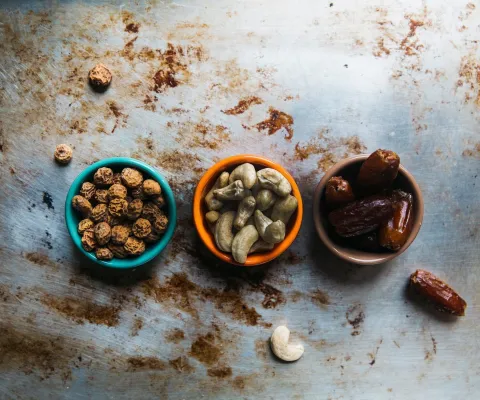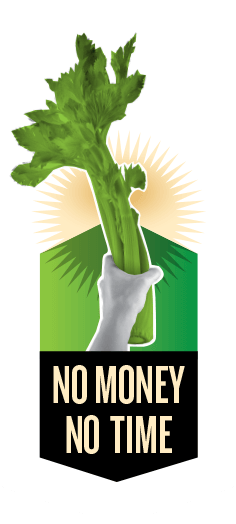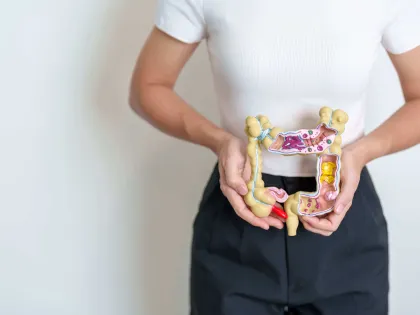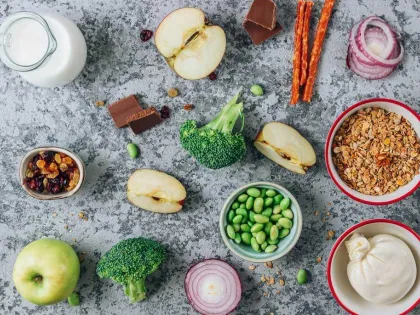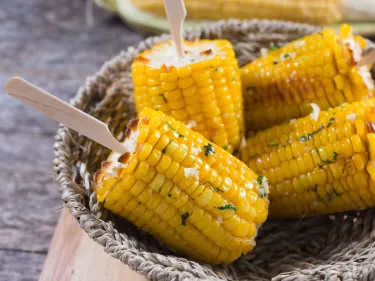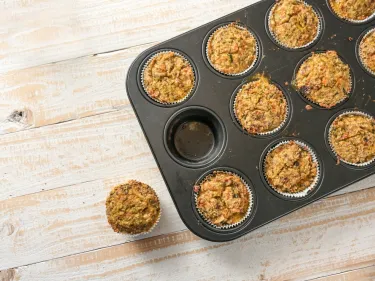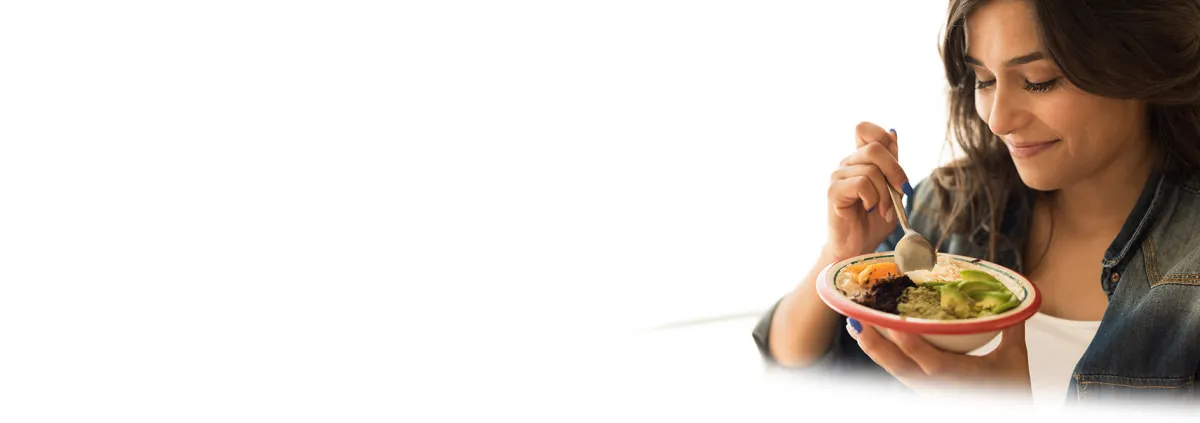When we feel a little tired and sluggish, we’re often told to consume more iron. But for sufferers of haemochromatosis, it’s actually the opposite!
So what is haemochromatosis?
Haemochromatosis is the most common iron storage disease in Australia, impacting around one in 200 people.
It’s a recessive genetic condition that causes sufferers to absorb more iron than the body needs from food and supplements, leading to symptoms such as fatigue and joint pain. If left untreated, it can lead to a higher risk of heart and liver disease, diabetes and arthritis.
Can diet impact my symptoms?
The short answer is, yes!
It’s best to avoid vitamin C supplements and juices that are high in vitamin C or have vitamin C added. Vitamin C converts the iron from foods such as eggs, nuts, grains and cereals into a form that’s more easily absorbed, therefore increasing your iron levels.
Avoiding meat, chicken and fish will also help to reduce the amount of iron you consume, and therefore potentially the iron your body absorbs. If you’re a vegetarian, then you’re already two steps ahead!
If you suffer from haemochromatosis, or lethargy that just won’t lift, have a chat to your GP before making any changes to your diet.
For the full article, check out The Conversation.
